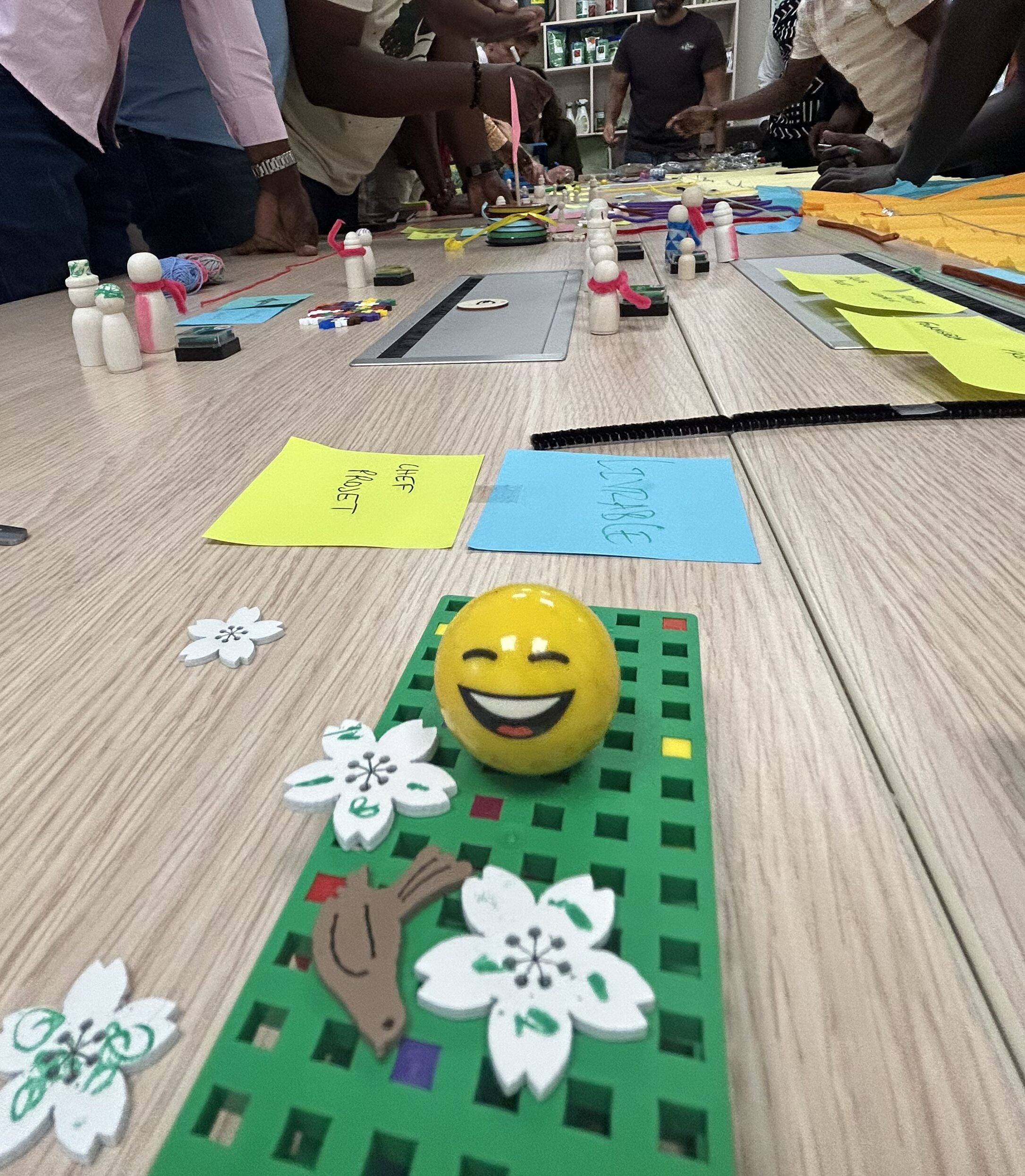Beyond KPIs or SWOT: the human side of remote project leadership.
The other week, I had the pleasure of facilitating a training session on project management and remote leadership in multicultural settings. And while we definitely touched on some classic project management tools, I left the session more convinced than ever of one core truth: no project succeeds because of its tools alone. It’s about people. Always.
Strategy needs soul.
You can build the most brilliant strategic roadmap, detail a flawless action plan, or map stakeholder objectives with military precision. But if your team isn’t truly aligned, if they’re not engaged, not motivated, or not even clear on why the project matters, then execution becomes a struggle.
We often assume alignment is a given. After all, we’ve shared the slides, right? But in reality, every individual filters information through their own behavioral lens. A “clear goal” for a Driver may feel overwhelming for an Amiable. A timeline that feels slow-paced for an Expressive may seem the opposite to an Analytical.
Understanding before aligning.
In Human Logic terms, before you can truly align a team, you must understand it. That means tuning into the fundamental needs and primal fears that shape people’s behavior styles. Do they seek control? Harmony? Recognition? Logic? Are they motivated by structure, or by spontaneity? Do they speak the language of efficiency or of consensus?
Social versatility—the ability to adapt our behavior instinctively and respectfully to others’ styles—is what allows leaders to create true connection and clarity in remote, multicultural teams. Without it, even the best-laid project plans can derail in a flurry of misunderstandings and unmet expectations.

Human-centric project management.
Here’s what this looks like in practice:
- Before launching into a plan, create space to explore motivations. Ask: what does success look like for each team member?
- Translate key concepts across behavior styles. “Commitment” means very different things to a Driver and to an Amiable!
- Monitor alignment after the kickoff. Regular pulse-checks (not just status updates) help surface subtle disengagement.
- Don’t just share goals. Co-create them using collective intelligence workshops. Ownership stems from participation, not delegation.
The real competitive edge.
In today’s BANI fast-moving world, tools are easy to replicate. Human connection is not. The ability to lead with empathy, clarity, and adaptability across borders and time zones: that’s what creates trust. And trust is what drives results.
So next time you’re planning a project, don’t just map out the deliverables. Map the humans too using Human Logic!
